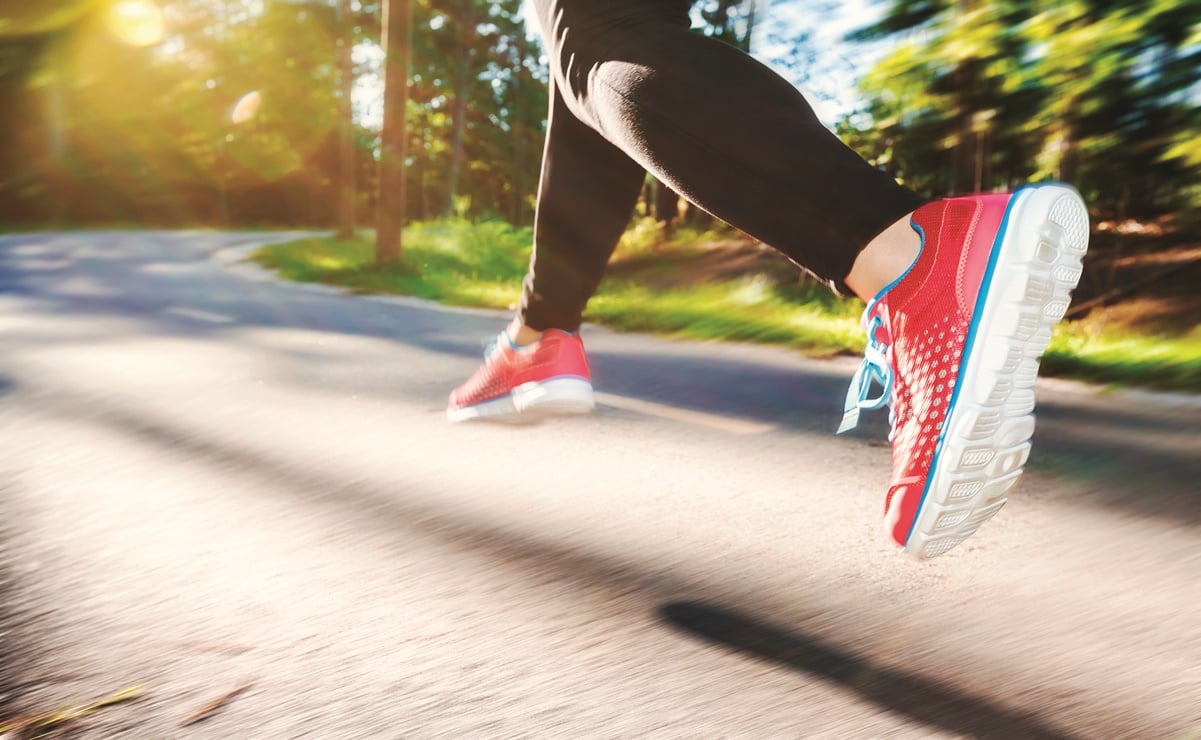
23% of adults and 81% of school-age adolescents are sedentary. This is stated by the World Health Organization (WHO), Which adds that the physical inactivity is the fourth risk factor for mortality worldwide and promotes the development of Non-Communicable Diseases (ENT), Like the cancer and the diabetes.
For this reason the WHO has issued a series of recommendations to exercise according to each stage of life.
Young people (5 to 17 years old)
the physical activity at this stage it consists mainly of outdoor games, Sports, physical education or scheduled exercises. This is essential to improve bone health and cardiorespiratory and muscle function, as well as to reduce the risk of ENT. The following is recommended:
1. Children and young people aged 5 to 17 must invest at least 60 minutes daily in physical activities of moderate to vigorous intensity.
2. La physical activity for more than 60 minutes a day reports an even greater health benefit.
3. Daily physical activity should be for the most partaerobics. Vigorous activities that strengthen muscles and bones should be incorporated at least three times a week.
Adults (18 to 64 years old)
In this group physical activity consists of displacements (Walking or cycling), occupational activities (work), household chores, Sports or scheduled exercises. The following is recommended:
1. Spend at least 150 minutes a week practicing moderate intensity aerobic physical activity, Or 75 minutes of vigorous aerobic physical activity each week, or an equivalent combination of moderate and vigorous activities.
2. Aerobic activity should be practiced in 10-minute sessions of duration at least.
3. In order to get greater health benefits, adults need to increase up 300 minutes a week the practice of moderate aerobic physical activity, or up to 150 minutes per week of intense aerobic physical activity, or a combination of the two intensities.
4. Twice or more a week, perform strengthening activities of large muscle groups.
Older adults (65 years and older)
At this stage, the physical activities and the recommendations are the same as in the previous group (from point one to three). But there are specific differences:
1. The older adults with reduced mobility should perform three days or more a week physical activities to improve their balance and prevent falls.
2. It should be done activities that strengthen major muscle groups two or more days a week.
3. When older adults are unable to perform the recommended physical activity due to their state of health, they will remain physically active to the extent permitted by its status.
sg / ml